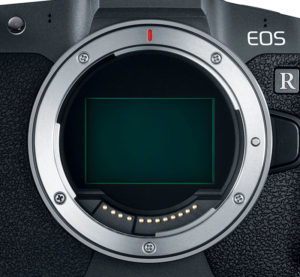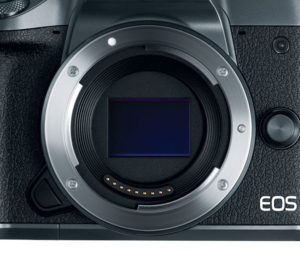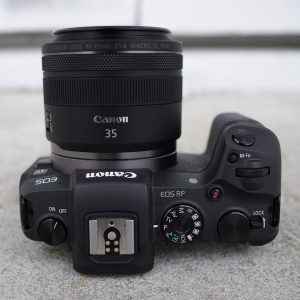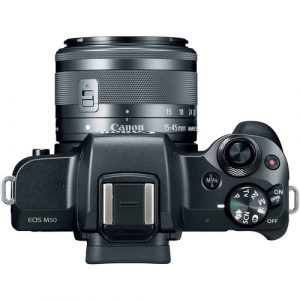For many years, Canon had but a single mirrorless system: the EOS M series. Then in late 2018, it introduced the long-awaited EOS R series whose full-frame sensor puts it in direct competition with the likes of Sony, Panasonic and Nikon.
The EOS RP is the entry-level model in the R series. Since it shares a number of specifications with the EOS M50, the latest model in the M range, we were curious to see what differences there are between the two models besides the sensor size. You can check out our findings below!
What they have in common:
- DIGIC 8 processor
- Dual Pixel CMOS AF (phase difference detection system)
- 1/4000s maximum shutter speed
- 0.39 type 2.36 million dot viewfinder with 22mm eyepoint
- 3-inch 1.04 million dots vari-angle touchscreen
- Digital IS to help stabilise video recording
- contrast detection AF in 4K, Dual Pixel CMOS AF in 1080p
- Full HD up to 60fps
- WiFi and Bluetooth
Full comparisons:
Canon EOS RP comparison previews:
EOS RP vs EOS M50 – EOS RP vs A7 II
Ethics statement: The information supplied in this article is based on official specifications and our personal experience with Canon EOS cameras. We were not asked to write anything about these cameras, nor were we provided with any sort of compensation. Within the article, there are affiliate links. If you decided to buy something after clicking the link, we will receive a small commission. To know more about our ethics, you can visit our full disclosure page. Thank you!
1. Mount and adapters
The Canon RP is based around the new RF mount. It has a large 54mm internal diameter (just like the EF mount) and short back focus, which means that the rear element of the lens can be closer to the image plane. This combination facilitates the production of lenses with excellent optical quality and performance.
The EOS EF-M mount is smaller, designed to accommodate the APS-C-sized sensor of the M series of which the M50 is a member. It has a throat diameter of 47mm.
Usefully, dedicated EF and EF-S adapters can be attached to either mount, allowing for full compatibility with EF and EF-S lenses. However the RF and EF-M mounts are not cross-compatible, meaning that you can’t attach an RF lens to an EOS M camera and vice versa.
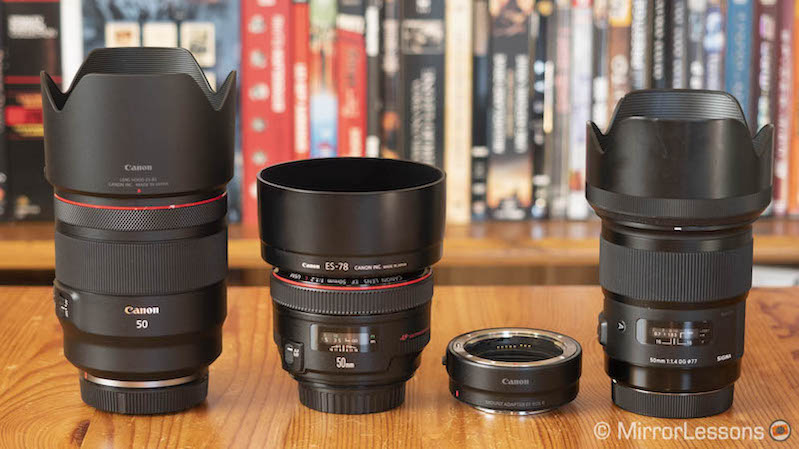
2. Sensor
One of the biggest differences between the two cameras is the sensor size.
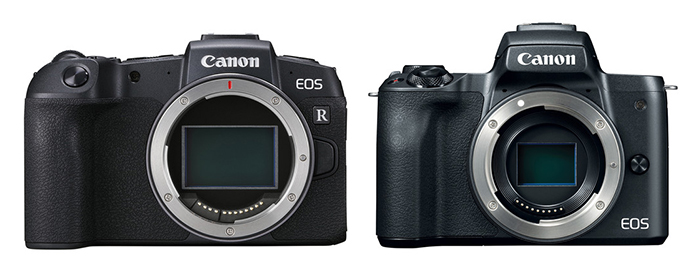
The EOS RP houses a 35mm (full-frame) sensor with a resolution of 26.2MP, which is the same sensor found inside the EOS 6D mark II with the exception of the redesigned micro-lenses optimised for mirrorless glass.
As mentioned above, the EOS M50 uses a smaller APS-C sized sensor and has a slightly smaller resolution of 24.1MP. Whereas other APS-C sensors provide a 1.5x crop, the Canon has a crop factor of 1.6x.
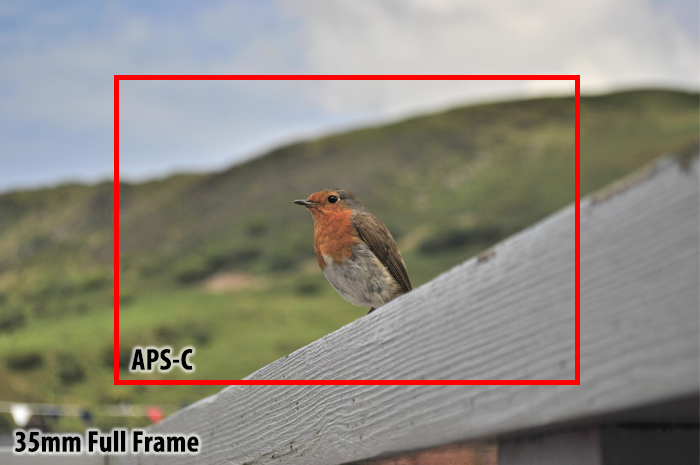
Both cameras offer Canon’s compressed RAW format called C-RAW, which renders the files smaller than the lossless compressed equivalent.
The EOS M50 has a more limited ISO range than the EOS RP. Although both start from a native value of 100, the RP goes all the way up to 40,000 whereas the M50 is capped at 25,600.
Both come with extended values but once again, the RP offers more flexibility with 50, 51,200 and 102,400 options. The M50 can only be extended to 51,200.
As for video, the RP appears to give you access to the full range whereas the M50 stops at 6400 in 4K or 12800 in Full HD with a 25,600 extended value.
3. Sensor crop in 4K
Both cameras can record 4K video at 24 or 25fps. Unlike when recording 1080p, the EOS RP applies a 1.75x and the EOS M50 a 1.6x sensor crop when recording 4K footage.
The difference in terms of field of view is further enhanced by the fact that the two cameras use a different format to start with. Let’s see an example with a 50mm lens designed for full-frame cameras.
The RP applies a 1.75x crop on its full-frame sensor, which equals to an equivalent field of view of approximately 87.5mm. The 50mm lens becomes a 80mm equivalent lens on the M50 because of the smaller APS-C sensor, but because the M50 applies an extra 1.6x crop when recording 4K, the field of view becomes even narrower (approximately a 128mm equivalent).
4. Autofocus
Both cameras utilise Canon’s Dual Pixel CMOS AF system, where each megapixel on the sensor’s surface employs two independent photodiodes that execute image plane phase detection.
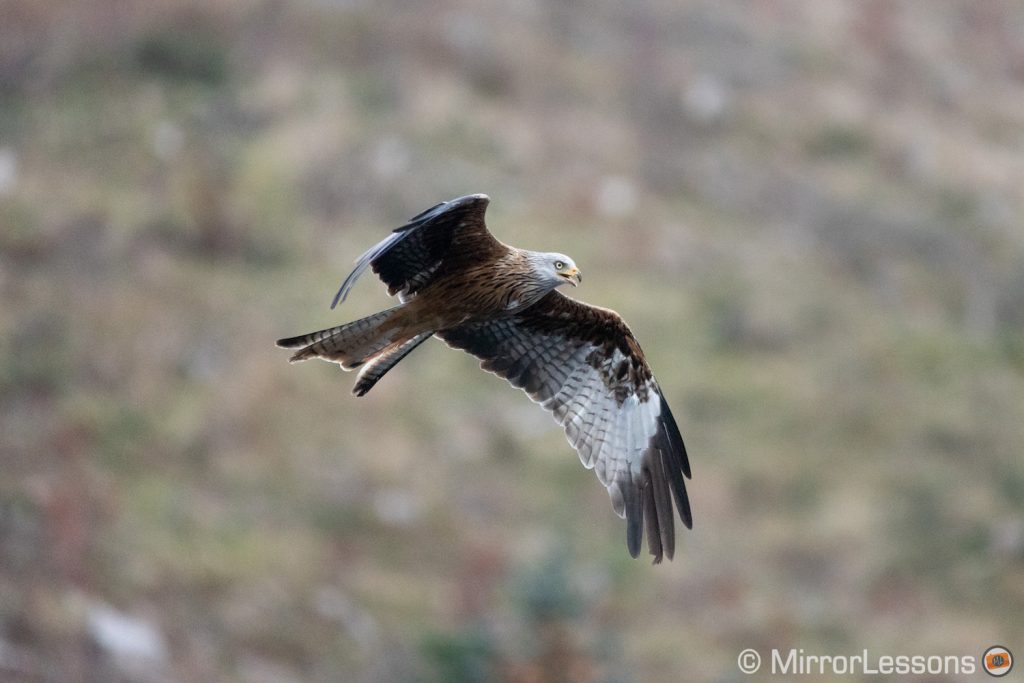
On both models, autofocus coverage is 88% horizontal and 100% vertical but the RP offers far more manually selectable AF points – 4799 to be precise. The M50 allows you to access 99 or 143 points depending on the lens mounted.
What’s more, the RP has more AF point selection modes. In addition to 1-point AF, Zone AF, and Face+Tracking, it also benefits from the new Spot AF mode, two AF Expansion point options, and Eye AF that works with continuous Servo AF and movies, not just One Shot AF as it does on the M50.
5. Continuous burst shooting and buffer
The M50 offers more impressive continuous burst speeds, reaching 10fps with One Shot AF (focus fixed on the first frame) or 7.4fps with Servo AF (continuous focusing). The RP, by comparison, can only manage 5fps with One Shot AF or 4fps with Servo AF. This makes the M50 a better option for shooting sports, wildlife and action.
According to the official CIPA specifications, the M50 has a buffer depth of 47 JPGs in a burst (7.4fps) whereas the RP offers unlimited JPG shooting or 50 RAW files at 5fps.
6. Design
The EOS RP is larger and heavier than the EOS M50 but not by as much as you might think. You can see how they compare by looking at the specifications below:
- EOS RP: 132.5 × 85.0 × 70.0mm | 440g
- EOS M50: 116.3 x 88.1 x 58.7mm | 387g
More significant is the larger grip of the RP, which makes it more comfortable to hold when large lenses are mounted.

Looking at the front, the two appear fairly similar barring the protruding EVF of the M50. The RP has the clearly marked EOS R logo on the front whereas the M50 only displays ‘EOS’.
On the rear, we find that the LCD screen occupies more space on the M50. Both have a four-way D-pad and various buttons but only the RP has an AF-On button.
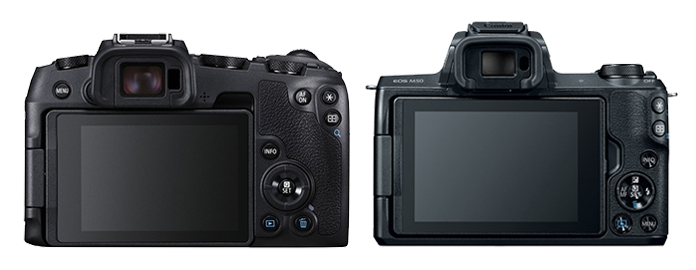
The top is home to the hot shoe, mode dial, video record button and shutter button on both models. The RP has two control dials whereas the M50 has just one, and it comes with three custom options on the mode dial. The RP also comes with a dedicated on/off power dial rather than a switch, and features a Lock switch beside one of the control dials.
The photo of the EOS RP is property of Gordon Laing (Camera Labs) and was used with permission.
Both come with a single SD card slot but the M50 only supports UHS-I type cards whereas the RP supports both UHS-I and II.
The EOS M50 uses Micro USB and HDMI ports, and there is an external microphone input. The EOS RP has a larger USB-C port and mini HDMI, as well as microphone and headphone sockets.
7. Battery type
The EOS M50 uses Canon’s LP-E12 battery which will give you approximately 235 shots on one charge or 370 shots in Eco mode. The EOS RP’s LP-E17 battery can manage between 240-250 shots on one charge depending on the temperature and enabling the Eco mode will extend this to 270 shots.
Note that only the RP can be charged via USB, which is quite disappointing.
8. Extra features
Both cameras come with a Time-Lapse Movie option but only the EOS RP has a built-in intervalometer to save JPG or RAW files.
Also available on the full-frame model is the Anti-Flicker mode which enables you to take pictures under problematic light sources such as fluorescent light.
9. Price
Priced at nearly $1300 US, the RP is an offer that is hard to refuse for those interested in a mirrorless camera with a full-frame sensor. That said, it is still far more expensive than the M50, which can be found for around $630 for the body alone or $650 with the 15-45mm kit lens.
What’s more, there isn’t an affordable kit lens available for the RP as of yet. The cheapest lens you can buy for the camera is the 24-105mm f/4, and in a bundle, the pair will set you back around $2200.
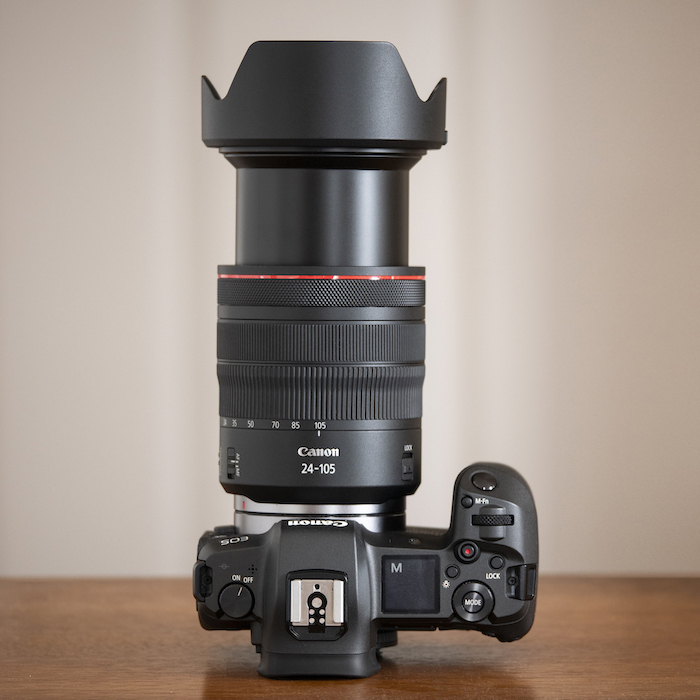
10. Lens selection
The price actually links in nicely with the final difference, which is lens selection. Although both can be used with Canon’s vast array of EF and EF-S lenses via an adapter, neither native lens selection is satisfactory for different reasons.
At the time of writing, there are four lenses for the R series and six more are coming in 2019. However most of these lenses – being fast zooms and primes – are on the expensive side, so they don’t really suit the entry-level RP. It is a mystery as to why Canon didn’t announce a more affordable kit lens alongside the new camera.
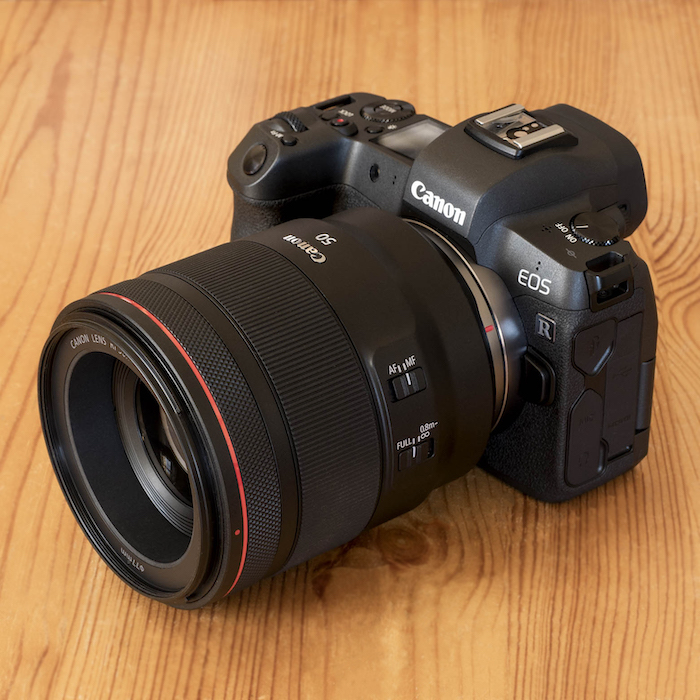
The M50 has the opposite problem to the RP: there are a number of affordable lenses but not many quality optics. This means that you really do have to adapt Canon DSLR glass to have the best quality possible. What’s more, Canon hasn’t put a lot of energy into manufacturing new EOS M lenses, so without the support of third-parties, it is unlikely the range will grow as quickly as that of the full-frame series.
Conclusion
Full comparisons:
Canon EOS RP comparison previews:
EOS RP vs EOS M50 – EOS RP vs A7 II
As we’ve seen throughout this comparison, there aren’t really many significant differences between these two Canon models. In fact, I’d go as far as to call the RP the full-frame version of the M50.
The biggest difference is the sensor size, so if you’re after the best high ISO performance and dynamic range possible, the choice is obvious.
Where the M50 has an advantage however is in terms of its continuous shooting speeds, which can go as high as 7.4fps with Servo AF as opposed to just 4fps on the full-frame model.
And of course, there is the price to consider. Despite being one of the most affordable full-frame models on the market, the RP will still take a much larger bite out of your wallet than the M50, especially if you plan on investing in the native RF lenses.
Reminder: the links below are affiliate links. If you decided to buy something after clicking the link, we will receive a small commission.
Check the price of the EOS RP on B&H Photo
Check the price of the EOS M50 on B&H Photo

